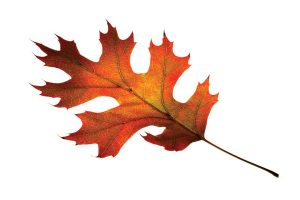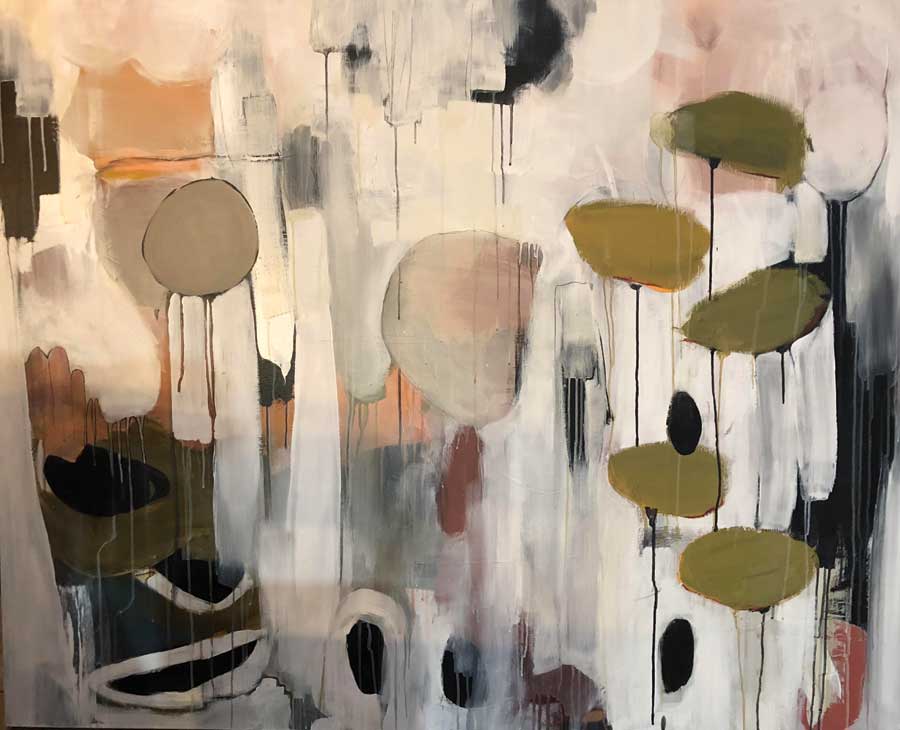Autumn Leaf Hunt for Kids
12 Oct 2018
Kids 10 and under will enjoy this scavenger hunt.
By Carol Brock Fall is full of wonderful things, especially piles of autumn leaves! It’s also fun to find pinecones, berries and nuts. Let’s go on a scavenger hunt and learn about trees. Try to find each item listed here and check it off your list when you do (it’s OK if your parents help you, too). Ready, set, go!Mountain Ash
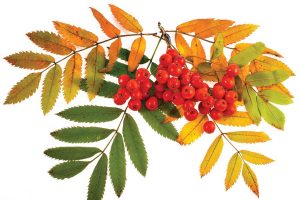
Aspen

Weeping Willow
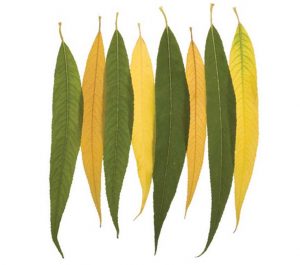
Ohio Buckeye Nuts
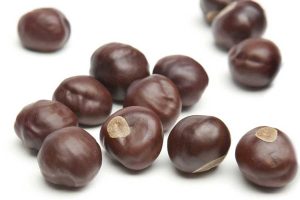
Ginkgo

Sumac
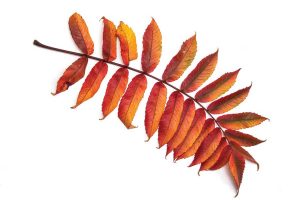
Kentucky Coffeetree
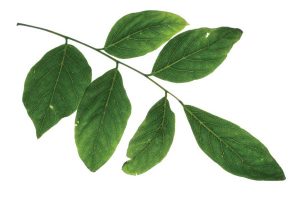
Catalpa

Maple
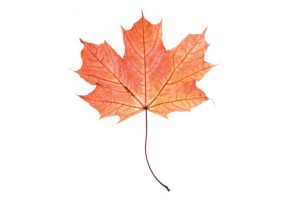
Blue Spruce Pinecone

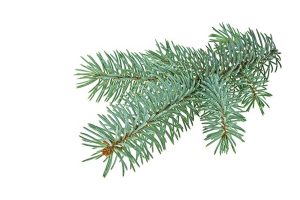
Cottonwood

Pin Oak
